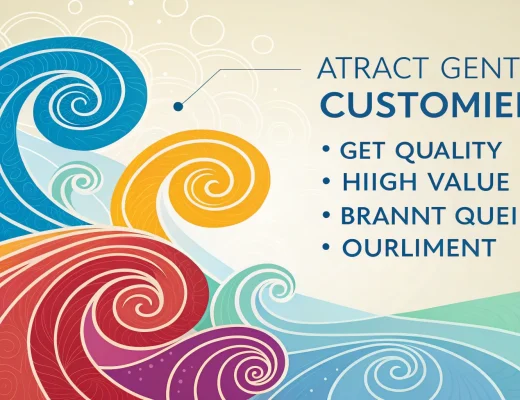The Omnichannel Imperative
We’ve been talking about omnichannel for years, but now it’s no longer just a recommendation – it’s a requirement for sustainable growth. When I see a brand that’s only pursuing DTC channels, I see a business that’s essentially cutting a leg out from under itself before it even starts running. The most successful brands I work with have embraced multiple distribution channels. They understand that meeting customers where they are – whether that’s online, in physical retail locations, or through marketplaces – creates more opportunities for discovery, purchase, and loyalty.View this post on Instagram
The Growth Ceiling Problem
If you’re currently running a DTC-only brand, don’t panic. You’re not about to go out of business tomorrow. However, you do have a very low upper limit on your growth potential. By restricting yourself to a single channel, you’re artificially constraining your brand’s reach and scalability. Think about it this way: Why would any product company deliberately choose to limit the number of places their products can be found? It doesn’t make logical business sense. If you’ve created something valuable, you should be looking at every possible channel to get that product into customers’ hands.Starting Your Omnichannel Journey
The good news is that transitioning to an omnichannel approach doesn’t require an immediate nationwide retail rollout. Here’s how to begin:- Start with local stores in your area that align with your brand values
- Build relationships with small, curated boutiques that reach your target audience
- Explore marketplace opportunities that complement your direct channel
- Test pop-up retail experiences to gauge in-person customer response
- Consider wholesale partnerships with complementary brands
The Competitive Advantage of Multiple Channels
Brands that master omnichannel distribution gain several competitive advantages. They create multiple touchpoints with potential customers, increasing brand awareness and recognition. They gather diverse customer data from different channels, leading to better product development and marketing decisions. Perhaps most importantly, they build resilience against channel-specific disruptions that could otherwise devastate a single-channel business. I’ve watched too many promising brands hit growth plateaus because they refused to expand beyond their DTC comfort zone. Don’t make the same mistake. If you’ve created a product worth selling, it deserves to be available wherever your customers prefer to shop. The future belongs to brands that embrace flexibility in their distribution strategy. While maintaining a strong direct relationship with customers remains valuable, limiting yourself to only that channel is increasingly looking like a strategic error. The most successful brands will be those that can seamlessly integrate direct, retail, and wholesale channels into a cohesive customer experience. The bottom line? If you’re a product company, you should be actively exploring every viable channel to get your products to market. Anything less is leaving money on the table and putting your brand’s long-term success at risk.Frequently Asked Questions
Q: Isn’t retail dying as more consumers shop online?
While online shopping continues to grow, physical retail isn’t disappearing—it’s evolving. Many consumers still prefer to see, touch, and try products before purchasing. Smart brands recognize this and create strategies that leverage both digital and physical touchpoints rather than choosing one over the other.
Q: Won’t adding retail channels hurt my profit margins?
While wholesale typically offers lower margins per unit than direct sales, it often enables much higher volume and broader market reach. The increased brand exposure and economies of scale can actually improve your overall business profitability, even with the margin differences across channels.
Q: How can small brands with limited resources manage multiple channels?
Start small and grow strategically. Begin with local partnerships or small boutiques that align with your brand. You don’t need to launch in major retailers immediately. Building these capabilities gradually allows you to develop the necessary systems and relationships without overwhelming your team.
Q: Does omnichannel mean I need physical stores of my own?
Not necessarily. Omnichannel simply means having multiple paths to reach customers. This could include your website, marketplaces like Amazon, wholesale partnerships with existing retailers, pop-up shops, or even social selling. The right mix depends on your specific product, audience, and resources.
Q: What’s the biggest mistake DTC brands make when expanding to other channels?
The biggest mistake is treating all channels the same way. Each channel has unique requirements, customer expectations, and operational needs. Successful omnichannel brands adapt their approach for each channel while maintaining consistent brand positioning and quality. They also ensure their systems can handle the increased complexity of inventory management across multiple sales channels.







